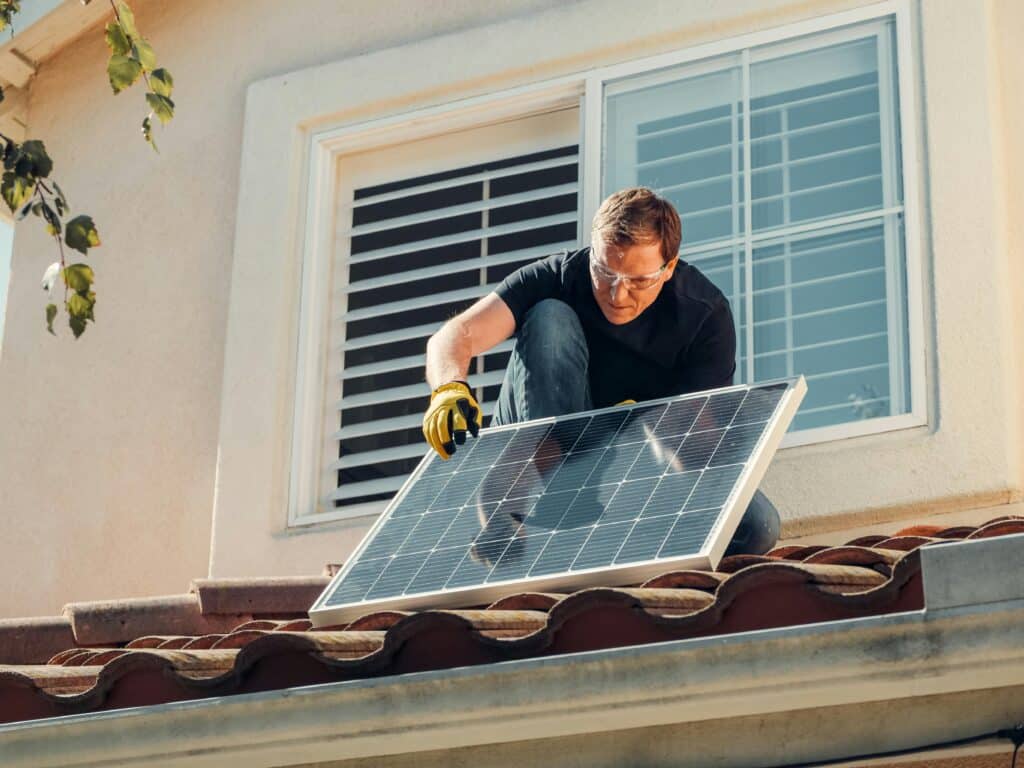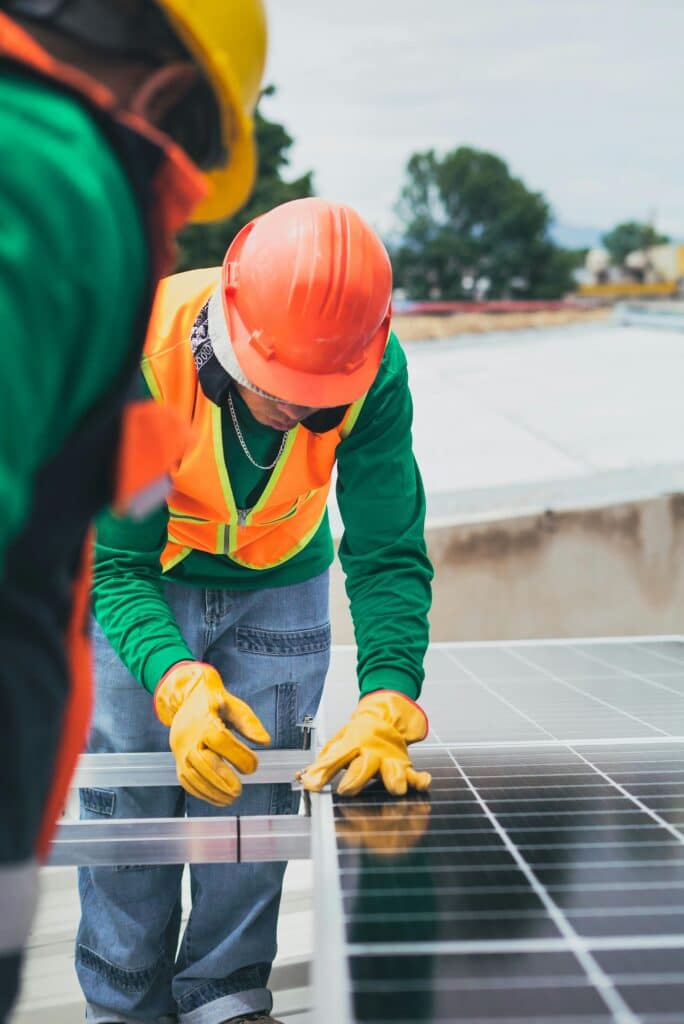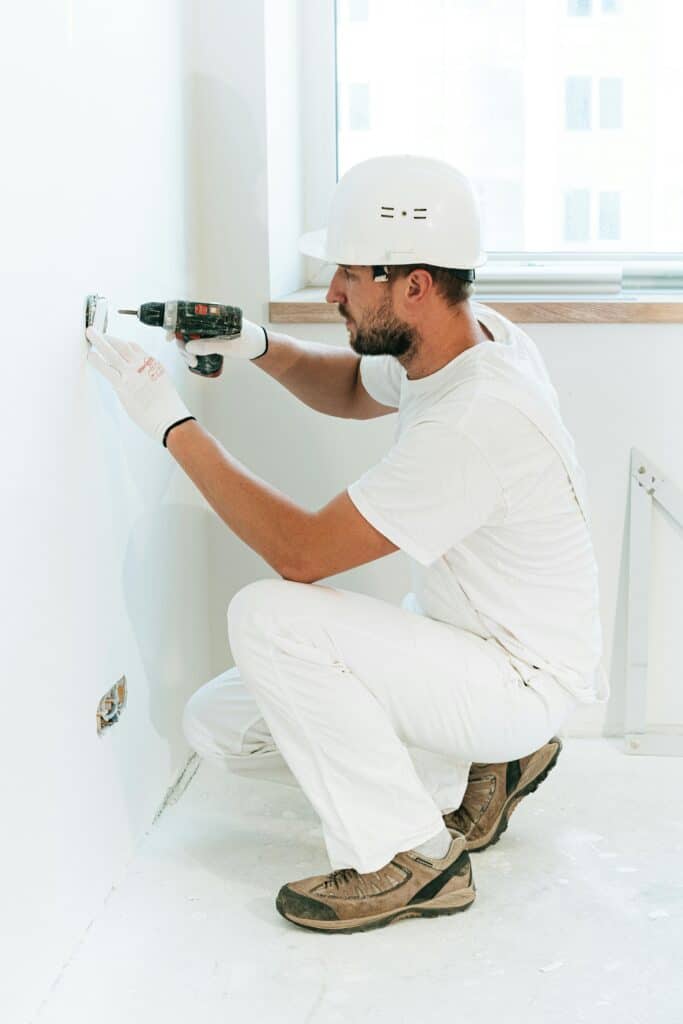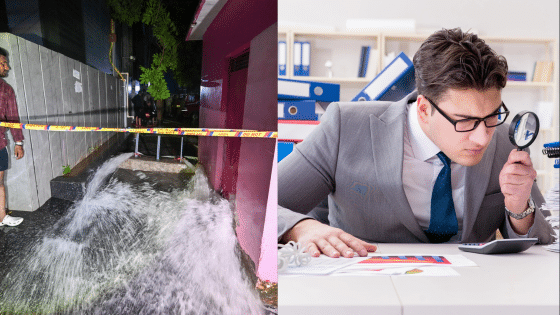Effective building maintenance is crucial for ensuring the long-term health and functionality of your property. Just as regular healthcare can prevent more severe health issues, routine property maintenance helps identify and address small issues before they evolve into costly problems.
Maintaining your building not only extends its lifespan but also helps avoid expensive repairs that may arise from neglect. It supports a safe and efficient working environment, which can lead to increased employee productivity and satisfaction. Moreover, a well-maintained building creates a positive impression on clients and visitors, highlighting your commitment to professionalism and care.

In a business landscape where unexpected challenges can disrupt operations, proactive building maintenance plays a vital role in minimizing risks. Keeping your property in optimal condition ensures that your business is resilient, adaptable, and ready to meet future demands.
Understanding Future-Proof Building Maintenance
Future-proof building maintenance is essential for businesses aiming to adapt to changes and remain competitive. It ensures operational efficiency, minimizes costly repairs, and extends the lifespan of facilities. Understanding the evolving mechanisms and adopting the right strategies will keep your business infrastructure robust and responsive.
Why Maintenance Matters for Long-Term Business Success
Consistent building maintenance safeguards your business against unexpected disruptions. Proper care of structures and systems extends their functional life, ensuring you get maximum value. Investing in preventative maintenance today saves money by reducing the likelihood of significant repairs.
Neglecting maintenance can lead to higher energy costs, safety hazards, and decreased productivity. By keeping infrastructure resilient and operational, you support your business’s long-term stability and effectiveness. Reliable systems also contribute to a more favorable perception among clients and partners.
The Evolving Landscape of Building Care
Building maintenance has shifted from routine checks to using technology-driven solutions. Innovations like IoT devices, smart sensors, and data analytics help monitor and predict maintenance needs accurately. This transition enables businesses to anticipate issues before they escalate, optimizing resource allocation and reducing downtime.
As you adopt advanced tools, focus on training staff to manage these technologies effectively. This proactive approach ensures that your team is equipped to handle future challenges, enhancing both safety and operational efficiency. Staying informed about these trends keeps your maintenance strategies cutting-edge.
Proactive vs. Reactive Maintenance Approaches

Decide between reactive and proactive maintenance strategies based on your specific business needs. Reactive maintenance involves fixing issues as they arise, which can lead to sudden costs and disruptions. Proactive maintenance involves regular inspections and preventative measures.
Proactive maintenance reduces emergency repairs and often results in long-term cost savings. Implementing a schedule for inspections and maintenance tasks helps in identifying potential issues early. This approach fosters a more predictable maintenance budget and avoids operational halts, giving your business the reliability it needs to grow.
Key Strategies for Effective Maintenance Planning
Effective maintenance planning is the backbone of keeping a business environment functional and reliable. Prioritizing a comprehensive schedule, leveraging the latest technology, and selecting suitable service providers ensures longevity and efficiency in your maintenance efforts.
Developing a Maintenance Schedule That Works
A well-crafted maintenance schedule is crucial to avoid unexpected breakdowns. Start by assessing your assets and identifying their specific maintenance needs. Use a simple table or list to track regular tasks, keeping them organized and manageable.
Regular inspections help in catching issues early. Consider seasonal factors too. For instance, HVAC systems may require more frequent checks during extreme weather conditions. Consistency in maintaining your schedule can prevent costly repairs and extend the life of your equipment.
Flexibility is key. As your business evolves, adjust your schedule to address any new requirements or challenges. Keeping communication open between team members ensures everyone is aligned with the maintenance goals.
Leveraging Technology for Smarter Upkeep
Incorporating technology into your maintenance approach can boost efficiency and predictability. Tools like Computerized Maintenance Management Systems (CMMS) make tracking tasks, inventory, and resources more streamlined. These systems often offer reminders for upcoming maintenance, ensuring nothing is overlooked.
Sensors and IoT devices provide real-time data, helping you monitor equipment performance closely. This data-driven approach allows you to transition from reactive to proactive maintenance strategies, solving problems before they occur.
Invest in mobile apps for maintenance teams, giving them the flexibility to check and update task statuses on the go. It promotes accountability and ensures all team members have access to the latest information, regardless of location.
Choosing the Right Service Providers
Selecting the right service providers can greatly influence the quality and reliability of your maintenance work. Look for providers with proven expertise in your industry, as they will be more familiar with the specific challenges and standards you face.
Gather quotes and compare them, not just for price but for the scope of services offered. Establish clear expectations from the beginning with formal agreements outlining performance standards and response times.
Building a solid relationship with your providers leads to better communication and can sometimes result in personalized service. This partnership allows you to rely on experts for regular maintenance needs, freeing up internal resources for other critical tasks.
Boosting Business Resilience Through Building Maintenance


Effective building maintenance is crucial to avoiding disruptions, creating a healthy workspace, and ensuring compliance with regulations. These aspects are integral to maintaining a resilient business structure.
Reducing Unplanned Downtime and Costly Repairs
Unexpected breakdowns in your building systems can significantly impact daily operations and your bottom line. Regular maintenance schedules allow you to identify potential issues early, avoiding the costly and disruptive effects of major repairs.
Consider investing in predictive maintenance technologies. These tools can monitor your building’s systems, providing alerts about irregularities before they escalate. Implementing these strategies not only saves money but also reduces interruptions, ensuring that your business operates smoothly.
Enhancing Workspaces for Employee Well-Being
A well-maintained environment is critical for your employees’ productivity and satisfaction. Proper HVAC maintenance ensures optimal temperatures and air quality. Clean workspaces reduce allergens and prevent sickness, supporting a healthier workforce.
Lighting also plays a significant role in well-being. Regular checks and updates to lighting systems reduce eye strain and fatigue. By prioritizing these aspects, you create a workspace that uplifts your team, fostering a supportive and productive atmosphere.
Risk Management and Regulatory Compliance
Building maintenance isn’t just about fixing things that break. It’s about pre-empting risks and maintaining compliance with legal standards. Regular checks and updates ensure your building meets safety codes, protecting you from fines and legal challenges. Ensure your Golden Thread is well-managed by using platforms like MosaicGT to track compliance requirements and maintain consistent records.
Implement a routine inspection schedule to stay ahead. Fire alarms, emergency exits, and electrical systems require regular checks. Maintaining compliance not only safeguards your business but also ensures the safety of everyone who enters your building.
Sustainable Solutions and the Path Forward
Effective building maintenance forms the backbone of a sustainable business strategy. By embracing eco-friendly practices, leveraging innovative technologies, and maintaining regular assessments, businesses can significantly enhance their operational efficiency while contributing positively to the environment.
Eco-Friendly Practices in Maintenance
Incorporating green practices into maintenance not only benefits the environment but also reduces costs. Use energy-efficient lighting and water-saving fixtures to lower utility bills.
Choose sustainable materials, such as long-lasting or recycled options, to minimize waste and the need for frequent replacements.
Implement a recycling program for construction debris, batteries, and hazardous materials to ensure environmentally responsible operations.
The Role of Innovation in Future-Proofing
Innovation is vital in building maintenance. Smart building technologies help monitor energy use and predict maintenance needs, saving time and money.
Predictive maintenance uses data to anticipate equipment failures, minimizing downtime and improving efficiency.
Consider renewable energy sources like solar panels for long-term savings and environmental benefits.
Regular Assessment and Continuous Improvement
Regular assessments help identify small issues before they escalate, maintaining building efficiency and safety.
Create a maintenance schedule for tasks that require regular attention to ensure nothing is overlooked.
Encourage feedback from maintenance staff to improve operations and engage with professional auditors for unbiased insights. Their suggestions can drive ongoing improvements.
Conclusion
Effective building maintenance is essential for long-term business resilience. By prioritizing regular inspections, adopting new technologies, and using sustainable practices, businesses can reduce unplanned downtime, costly repairs, and ensure a safe and efficient working environment.
A proactive approach, including predictive maintenance and effective risk management, enhances productivity and protects your investment. As your business evolves, regular assessment and continuous improvement in maintenance practices will keep operations smooth, compliant, and ready for future challenges.
- 3shares
- Facebook0
- Pinterest0
- Twitter3
- Reddit0













